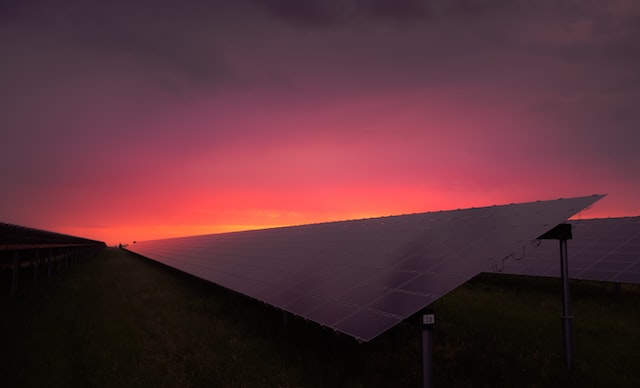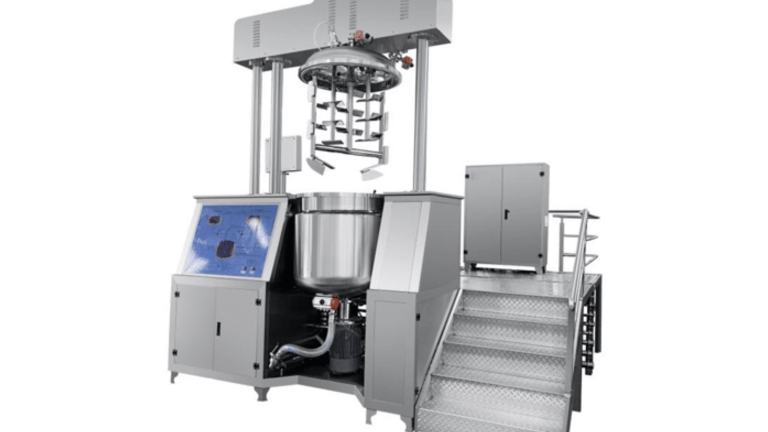When pursuing a solar energy project, understanding the steps involved is essential. The development of utility-scale solar projects is a lengthy and complex process that will need the expertise of solar project developers. Discover how various stages of the project development process contribute to successful project outcomes.
Planning
There are several important stages in the planning of a solar project. The first step involves the selection of a site and the preliminary engineering design. After the selection process is complete, the project is entered into the pipeline for further consideration. The design and procurement of solar modules and inverters are overseen by project management. Various internal departments, including those responsible for engineering, construction, and maintenance, must coordinate to ensure the project’s successful development.
The next step is assessing the community’s needs and concerns. Developing a solar installation may require large tracts of land for generations. Therefore, it will require significant local resources and monitoring. In addition, utility-scale solar installations require extensive monitoring and mitigation measures. Planning the development process for utility-scale solar facilities requires carefully evaluating all potential impacts and benefits. After all, a solar installation can significantly impact a community, so it’s essential to ensure that the proposed solar facility fits into the community’s overall vision.
Costs
You should understand the various stages involved in project development to get a clear picture of the costs involved in a solar energy project. These stages are known as construction phases. You will install solar modules, inverters, and other supporting infrastructure during this phase. These components are known as the balance of the system, including modules, racking systems, wiring, and road grading. Construction generally involves multiple companies, with specific tasks subcontracted from a general contractor to specialists.
The total cost of a solar installation depends on several factors, including system size, mounting style, and existing electrical infrastructure. You will also need seismic considerations. This information can help you determine the exact cost of installing solar panels. A qualified solar contractor can provide a quote based on the solar costs’ various factors. Costs of solar project development are unique to each project, so it is important to seek the advice of a contractor before beginning any solar installation.
Inspections
Quality inspections are critical throughout the solar project development process to help ensure that photovoltaic systems meet safety, quality, and reliability standards. In addition, a thorough quality inspection helps to reduce risks and ensure a smooth transition into operational status. The inspection process is typically split into phases: the pre-installation phase involves measuring the roof and assessing obstacles. Next, the post-installation phase involves monitoring and documenting the entire solar array. The post-installation phase includes monitoring and documenting deficiencies and ensuring that the project complies with regulations and local ordinances.
Local governments can also influence the development of solar projects. Many municipalities and counties are directly responsible for permitting and inspection services. If local governments can streamline these processes, they can speed up the completion of solar installations and reduce the overall cost to consumers. An unnecessarily lengthy permitting process increases costs and delays installation. As a result, getting as much feedback as possible from community stakeholders throughout the development process is crucial.
Fire Safety
A major concern for fire safety during solar project development is that many solar panels today are older models with outdated technology. The installation base is also rapidly aging, and mechanical equipment is prone to failure and corrosion. Fortunately, new technologies and materials provide smart solutions to help solar developers ensure their PV projects are safe and meet fire safety standards. While addressing these issues may seem daunting, these measures are vital for homeowners and solar installers.



